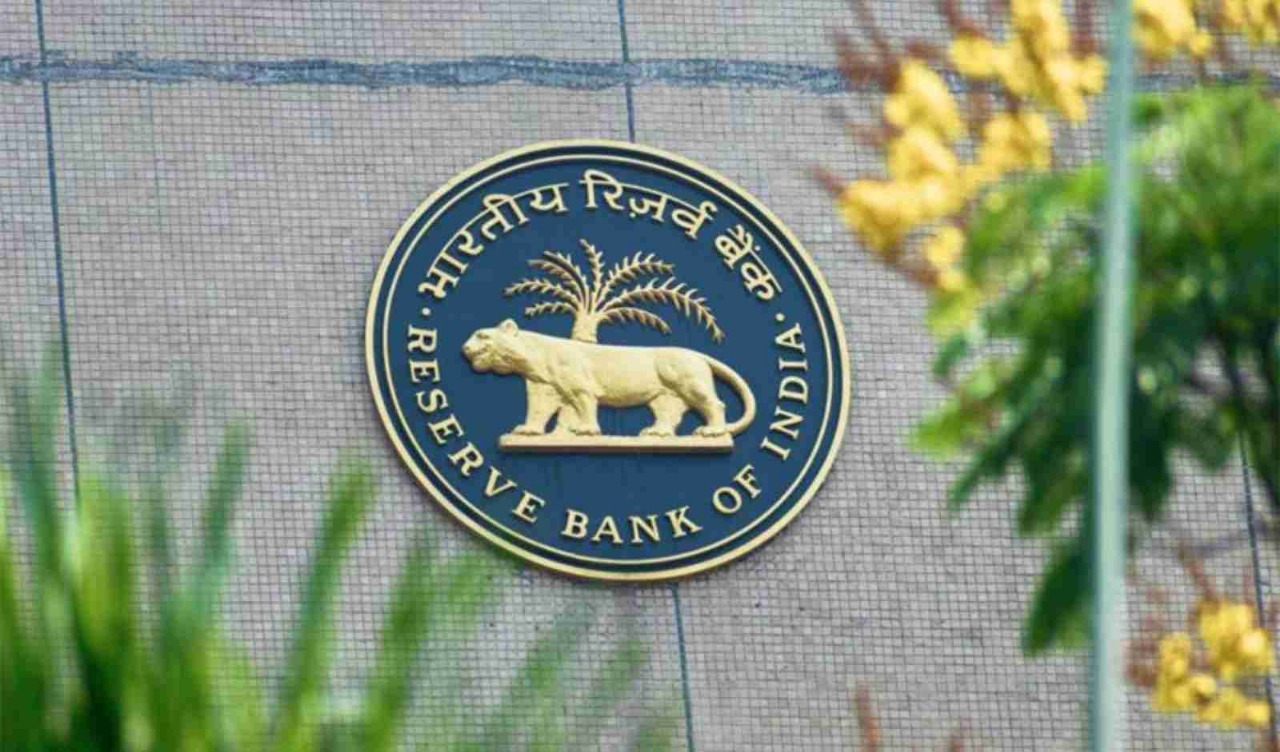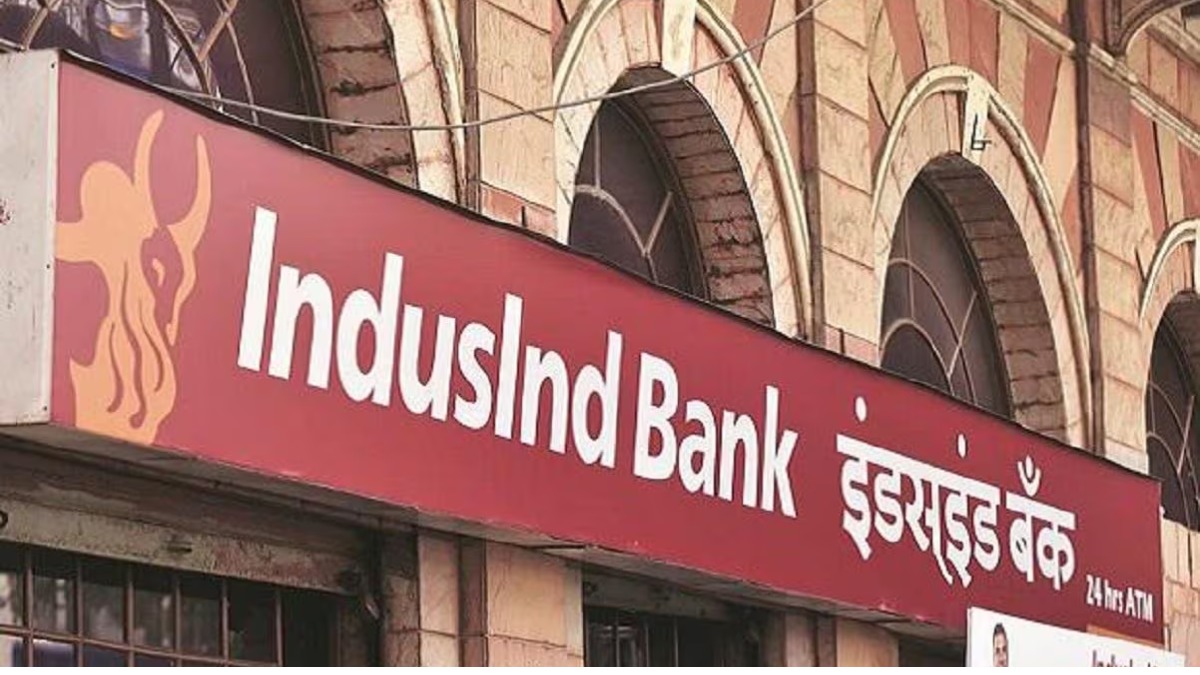
Follow WOWNEWS 24x7 on:

The Indian financial system started August 5, 2025, with markets closely tracking cash positions, central bank operations, and rupee performance after a series of updates from the Reserve Bank of India (RBI) and Reuters. Data for August 4 reveals shifts in liquidity flows, active RBI management, and an opening dip for the rupee, against a backdrop of global uncertainty.
System Liquidity Snapshot
Indian banks ended August 4 with robust total cash balances amounting to 9.25 trillion rupees. This metric, reflective of the banking sector’s aggregate cash with the RBI and on hand, signals an ample liquidity backdrop ahead of the upcoming policy review.
The government’s surplus cash balance with the RBI for auction stood at nil, meaning the Centre did not park extra cash with the central bank. Such a state indicates proactive government expenditure or the withdrawal of funds for spending, which in turn keeps more liquidity circulating within the broader banking system.
On the intra-day front, banks borrowed 12.32 billion rupees from the RBI’s Marginal Standing Facility (MSF), an emergency measure allowing overnight funds at a higher-than-repo rate. This modest borrowing suggests that while core liquidity is abundant, some banks or segments faced short-run crunches, possibly due to payment lags or temporary settlement mismatches.
Additionally, the RBI provided 102.99 billion rupees in refinancing to banks, further highlighting its active gardening of short-term liquidity conditions as markets await fresh policy guidance.
Rupee and Currency Moves
On August 5, the rupee opened down 0.22% at 87.85 per US dollar, compared to the previous close of 87.6550. Overnight, it traded in a narrow band but drifted weaker on persistent import dollar demand, global risk-off sentiment, and cautious investor positioning ahead of key central bank decisions.
The drop in the rupee follows a period of high volatility, especially as the market navigates US tariff news, oil import bills, and foreign outflows from local debt and equities. Demand for dollars, particularly from oil companies and importers, has outpaced supply despite the supportive domestic liquidity environment.
Forward market traders and FX strategists note that today’s trend reflects broader Asia-wide concerns, even as US bond yields and expectations of Federal Reserve rate cuts have remained market-supportive.
Policy and Market Watch
With the RBI’s Monetary Policy Committee meeting underway from August 4–6, all eyes are on whether India’s central bank will tweak liquidity stances, policy rates, or FX management strategies to counterbalance inflation risks, global economic storm clouds, and local currency weakness.
As inflation remains well within the RBI’s tolerance band, market consensus is for extended accommodation—but recent rupee weakness may see the central bank step up interventions or adjust liquidity levers further.
Implications for Borrowers, Investors, and the Real Economy
Banks are generally well-placed to manage funding needs, but pockets of strain, indicated by MSF borrowing, can lead to higher short-term borrowing costs or more selective lending.
For corporates and businesses, a weaker rupee means imported goods and overseas debt servicing could become pricier, while exporters may gain some margin relief.
The stability in core cash levels, despite short-run pressure points, is expected to support near-term lending and investment activity as the festive season approaches.
Source: Reuters, Trading Economics, Economic Times, and RBI



